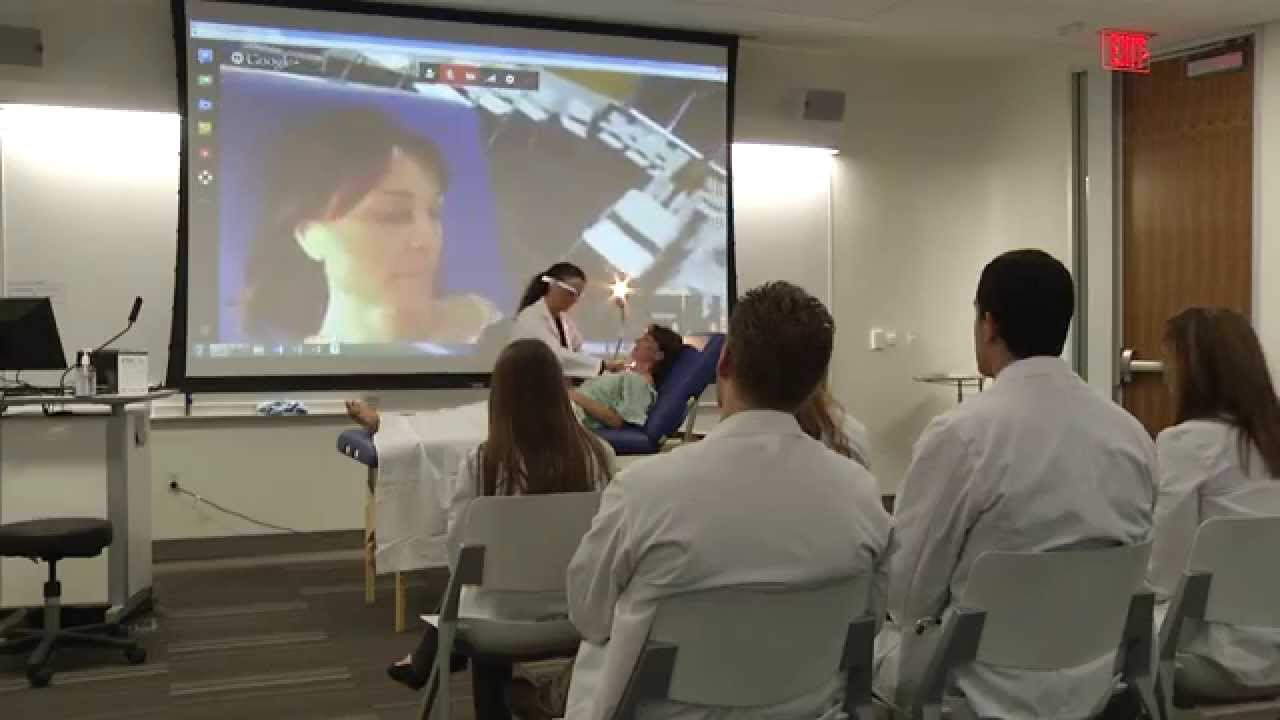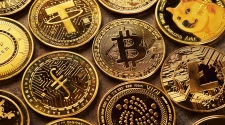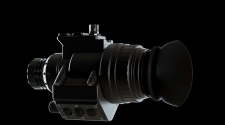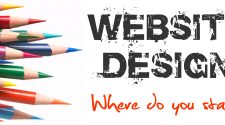Google Glass, one of the greatest inventions of Google in the era of highly advanced technology has put it steps in every industry all around the world such as health and care, tourism, sports, law enforcement and especially in the education sector. Though various technologies are used in the field of the education in order to enhance the skills and capabilities of the students in order to get the broader understanding Google Glass is considered as one of the most effective and proficient technologies in the field of education.
Based on the business and technologist research, it has been estimated that Google will generate around $1 billion annually by providing their most innovative gadget Google Glass assistance in the service industry.
Before providing you the evidence related to the beneficial use of Google Glass in the education sector, I want to give you some basic information about what Google Glass is actually. Google Glass is an optical-headed display which is created or designed in the shape of eyeglasses. It displays information like smartphones with respect to hand-free format.
In my previous articles related to the impact and use of various technologies in education, but this article is mainly on one specific device which is “Google Glass” because of its wide advantages and effectiveness in the education sector.
Here are some major uses of Google Glass for education purposes:
It is surprising that Google Glass is not limited to providing assistance in lectures and learning sessions but it also provides great assistance in physical training as well. Google Glass can be used by college and university athletes during their training and practice session through which the coach can give them real-time instruction without physically present in the field and player can continue their training by viewing recordings to understand where they need improvement. Additionally, it also provides the feature of the first-person perspective through which various individual can enjoy from their home.
Teachers and alumni’s can give the real-life experience if they are participating in any educational contest or professional contest where students are unable to participate as audience or it might be happening in different state or nation so students can experience the live performance and participate from their institute or home.
Through the use of Google Glass, teachers and instructors provide them the real-time experience of those places which are difficult to reach and normal individuals are not allowed to go there like research labs of different renowned organizations, parliaments, state banks, chamber of commerce or places like Mount Everest, Pyramids, Antarctica and etc.
During the time of lectures, discussions and conferences professors and teachers can wear the Google Glass and through provide the open link of hangout to students in order to give them the freedom to participate remotely.
The main advantage of using Google Glass during lectures is that it provides a backup resource to the instructor through which professor can give more detail answers of questions asked the students after the lecture as well.
By using the Google Glass, it helps us to enables the QR codes to feature in order to send the location to others within the campus and also provide the information of certain places within the campuses which helps the fresh students to find the right place in the first time such in which room class is held. Google Glass has the ability to promptly interpret the QR codes which is amazing.
One of the best features of Google Glass for education purposes is that it provides the feature of language translation. Because of this feature, those students who are having the difficulty in understanding language can easily get the right understanding of what professor or instructor saying in the class even for the notes by translating it to their local language.
The Google Glass has the ability to modify according to the individual’s requirement. Lend the Google Glass to visiting students through which they can visit the campus on the basis of the self-guided tour with the help of Google Glass by automatically getting point out landmarks and makes their tour more interesting.
Teachers and instructors can provide the real-time experience of intense events happen back in time through the real-time feature of Google Glass such as Big Band Explosion, outer space, famous historical places and Olympic grounds.
During long lectures, teachers and instructors can receive the questions and can save also in order to answer them appropriately after lectures especially from those students who are reluctant to ask questions in class to speak up, through the use Google Glass they can send their question with the help of text.
Additionally, it also provides the feature class poll during a lecture that if the students are getting the complex concepts or not during lectures and discussions.
There are various apps featured in Google Glass such as Speech helper which helps the professor to note all the points which they decide to deliver during lectures with the help of slides that appear on the glass.
Through the use of “Google Glass” in education, it brings the revolution in teaching techniques and makes the lectures, conferences, and discussions more interesting for the students by getting the real-time live experience of those things, concepts and places which is impossible in last decade.
However, the price tag set by the Google for its wearable glass technology is still very expensive for the students to buy it and use to make their studies and training more effective and efficient. Moreover, countries which are still considered as developing nations, this kind of technology cannot be properly implemented because of structure and lack of knowledge related to innovative technologies in educational institutions.
About Writer:
Alison Cerys is a professional blogger and columnist. She is also active on various online blogs where students can seek help with dissertation. She has done her Masters in Business and Education Management. She also actively writes articles related to other effects of technologies in different sectors.














